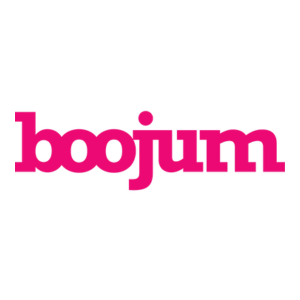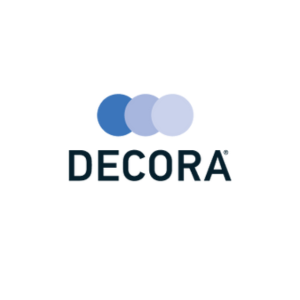Paternity Leave Employers Guide
Paternity leave in the UK is an essential legal provision that ensures fathers and partners are able to take time off work to care for their newborn or newly adopted child. As an employer, it is important to understand your legal obligations and the rights of employees regarding paternity leave. This guide will cover everything you need to know about paternity leave, including eligibility criteria, statutory requirements, and how to manage the process within your organisation.
































